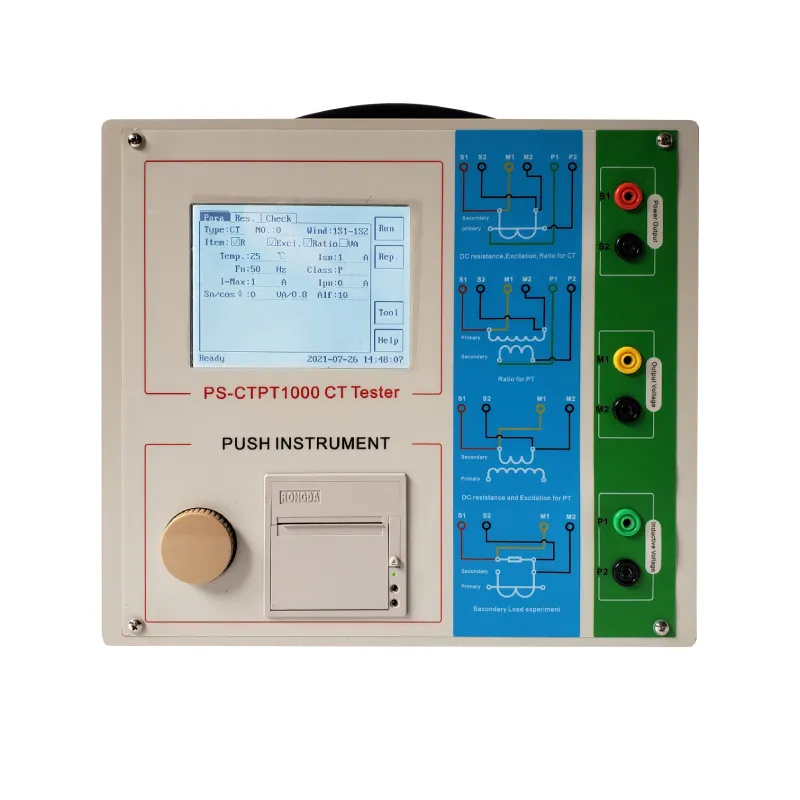 English
English


Single Phase Transformer Testing
Understanding Single Phase Transformer Testing
A single phase transformer is an essential electrical device used to transfer electrical energy between two or more circuits through electromagnetic induction. Testing these transformers is crucial for ensuring their performance, reliability, and safety. In this article, we will delve into the various methods used to test single phase transformers, with a focus on the procedures, significance, and outcomes of these tests.
Importance of Transformer Testing
Testing is vital for identifying possible issues that could affect a transformer's operation. Regular testing helps in maintaining efficient performance, enhancing reliability, and extending the lifespan of the transformer. Additionally, transformer tests can detect insulation weaknesses, overheating, unusual vibrations, and other anomalies that could lead to failures or outages.
Types of Tests
Several types of tests can be performed on a single phase transformer, each designed to evaluate specific performance characteristics
.1. Turns Ratio Test This test measures the ratio of the number of turns in the primary winding to the number of turns in the secondary winding. It is essential to ensure that the transformer operates at its intended voltage levels. A significant deviation from the expected ratio may indicate winding faults, resulting in uneven voltage distribution.
single phase transformer test

2. Insulation Resistance Test This test assesses the insulation strength between different windings and between windings and the ground. A high resistance value is indicative of good insulation, while low resistance signals potential insulation breakdown, which could lead to electrical faults.
3. Power Factor Test By evaluating the power factor of the transformer, this test provides insights into the transformer's efficiency and insulation condition. A low power factor may indicate insulation degradation or excessive losses due to heating.
4. Load Test This test evaluates the transformer's ability to handle its rated load. The transformer is connected to a load that draws current, and measurements are taken to assess voltage drop, current, and efficiency under operating conditions. Not only does this ensure performance standards are met, but it also verifies the design specifications.
5. Temperature Rise Test This is a critical test conducted to determine how much the temperature of the transformer rises under load conditions. Excessive temperature increases could indicate problems with design, cooling, or dissipative mechanisms.
Conclusion
The testing of single phase transformers is a vital practice for ensuring that these devices function safely and efficiently. By employing various testing methods such as turns ratio, insulation resistance, power factor, load testing, and temperature rise assessments, operators can identify potential issues and ensure reliable operation. Proper testing not only helps in maintaining the operational integrity of transformers but also plays a significant role in optimizing their performance, thus contributing to the overall efficiency of electrical systems. Regular and thorough testing is essential for the longevity of transformers and for the reliability of the electrical infrastructure they support.
-
Differences between open cup flash point tester and closed cup flash point testerNewsOct.31,2024
-
The Reliable Load Tap ChangerNewsOct.23,2024
-
The Essential Guide to Hipot TestersNewsOct.23,2024
-
The Digital Insulation TesterNewsOct.23,2024
-
The Best Earth Loop Impedance Tester for SaleNewsOct.23,2024
-
Tan Delta Tester--The Essential Tool for Electrical Insulation TestingNewsOct.23,2024





